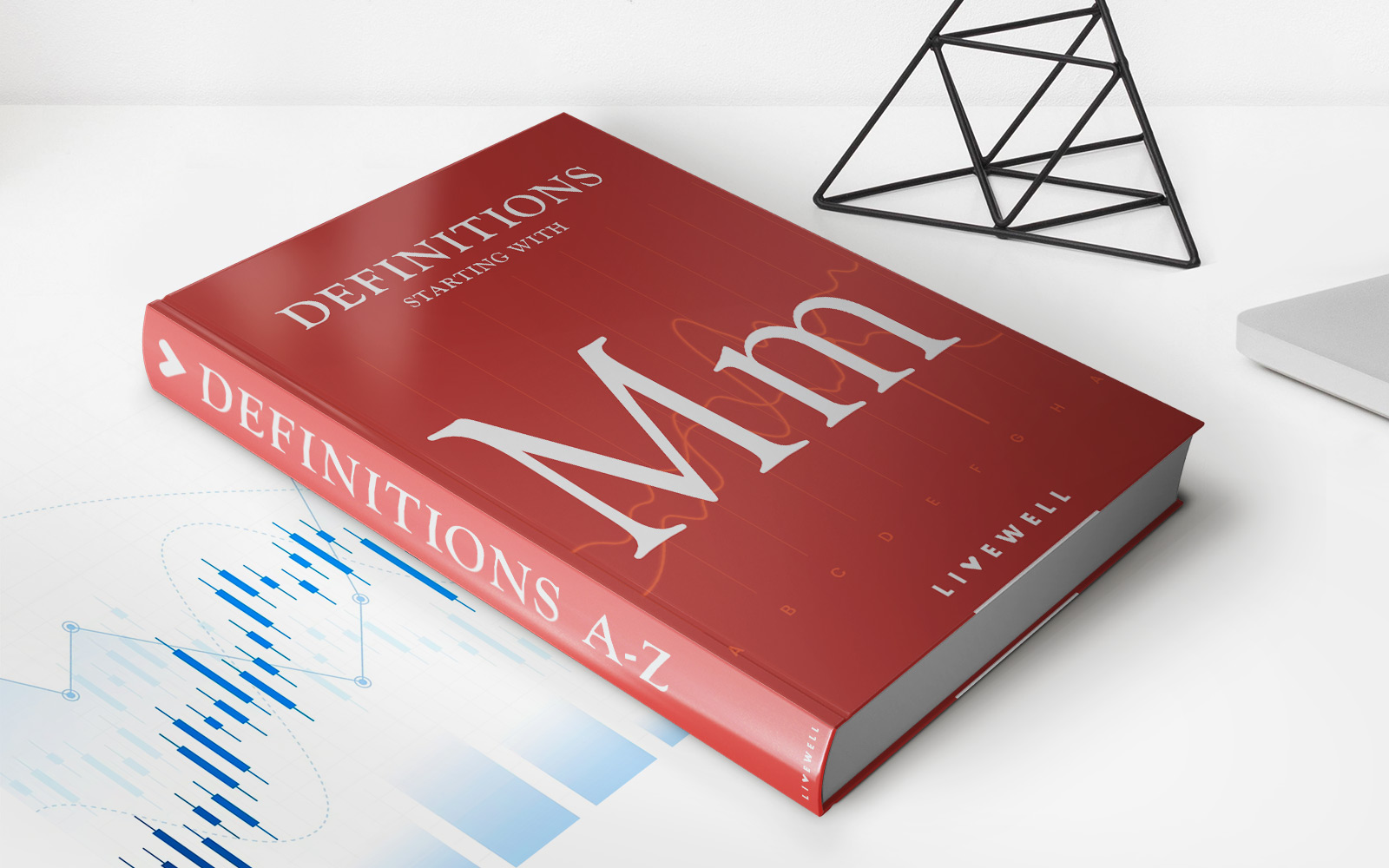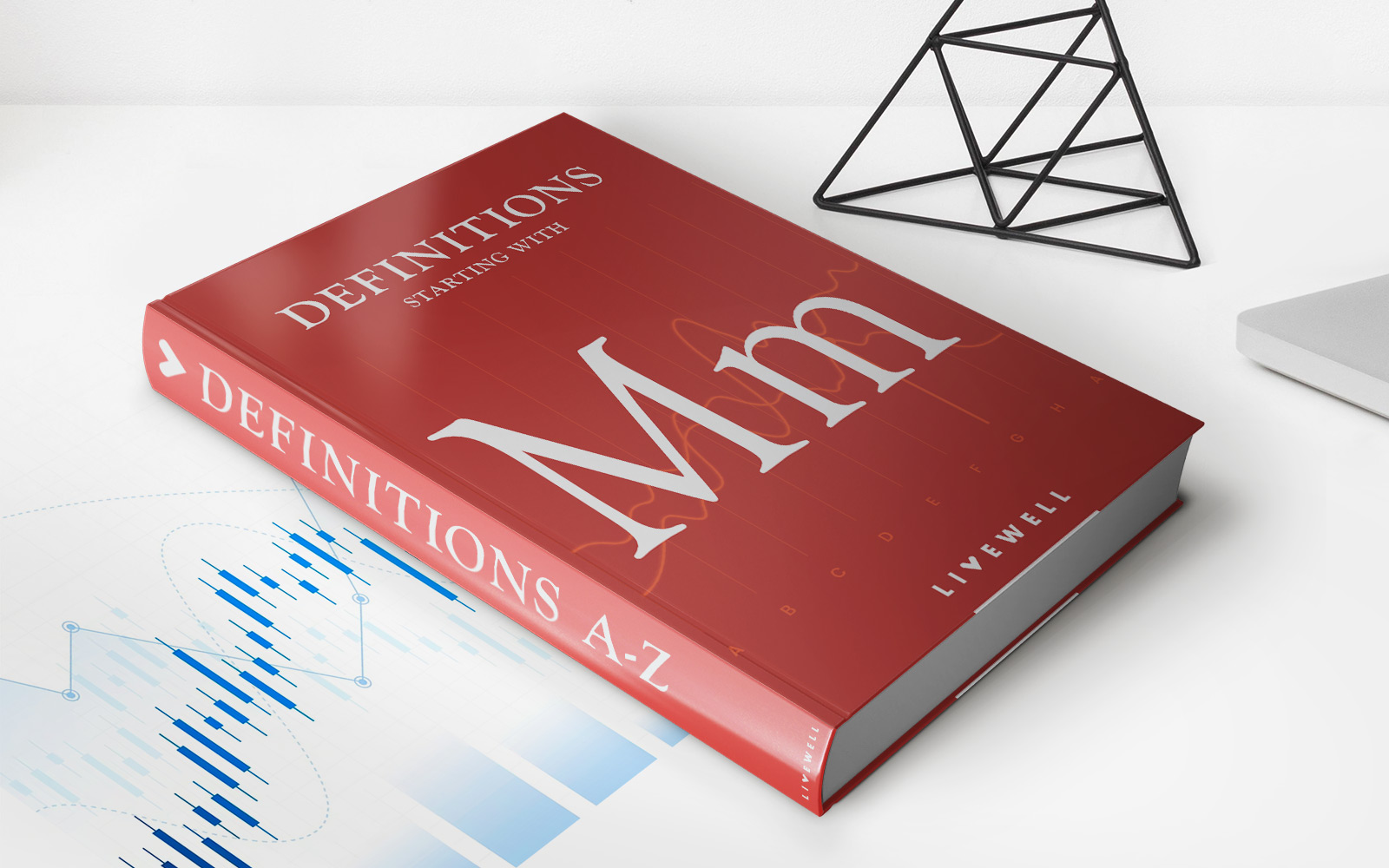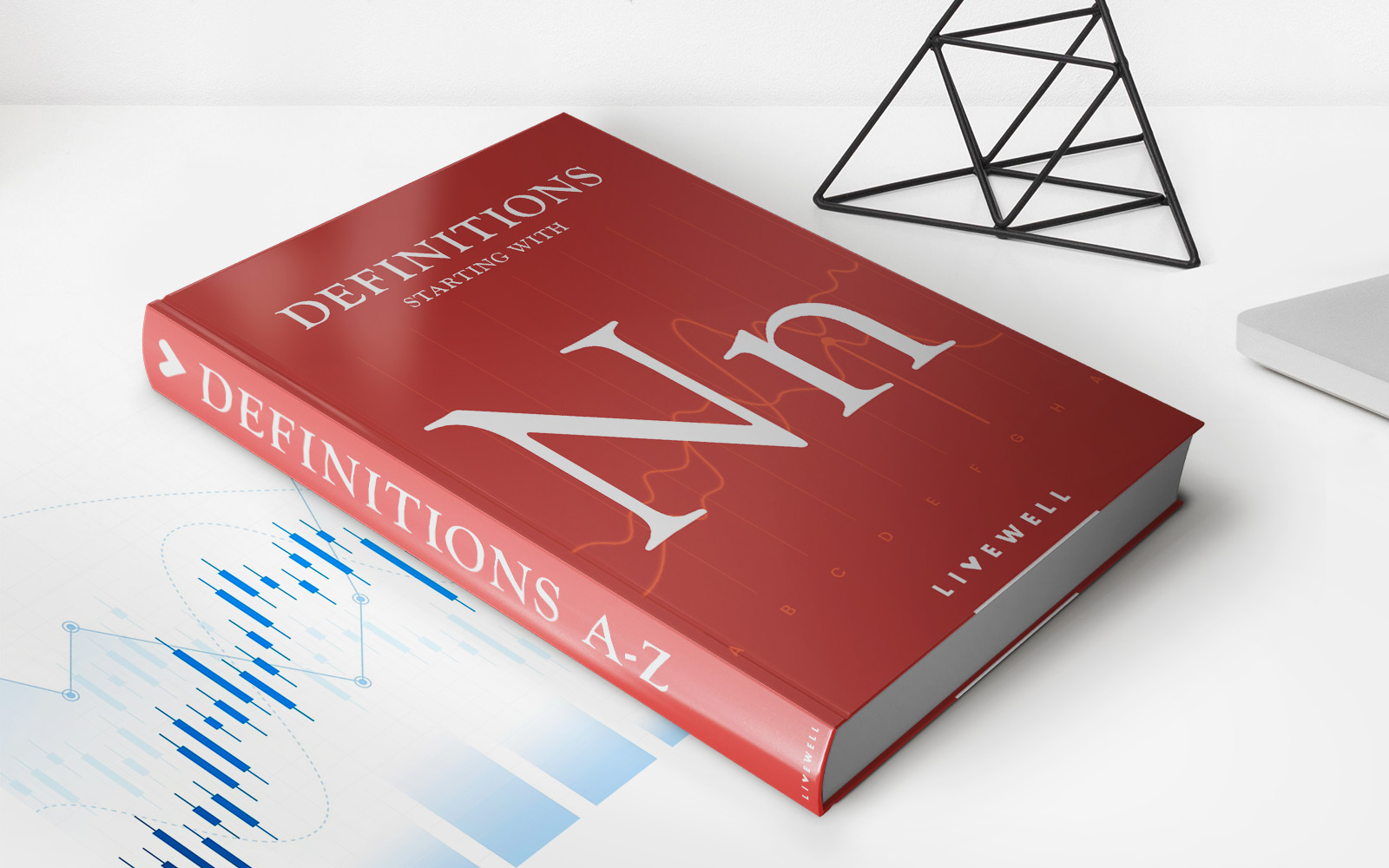Home>Finance>Mumbai Interbank Offered Rate (MIBOR): Definition, Vs. MIBID


Finance
Mumbai Interbank Offered Rate (MIBOR): Definition, Vs. MIBID
Published: December 28, 2023
Learn about Mumbai Interbank Offered Rate (MIBOR) and its key differences from Mumbai Interbank Bid Rate (MIBID). Enhance your knowledge on finance with this informative guide.
(Many of the links in this article redirect to a specific reviewed product. Your purchase of these products through affiliate links helps to generate commission for LiveWell, at no extra cost. Learn more)
Understanding the Mumbai Interbank Offered Rate (MIBOR): Definition, Vs. MIBID
When it comes to finance, there are several key terms and concepts that are essential to understand. One such term is the Mumbai Interbank Offered Rate (MIBOR). This blog post will dive deep into the definition of MIBOR and compare it with MIBID, providing you with a comprehensive understanding of these vital aspects of the financial world.
Key Takeaways:
- Mumbai Interbank Offered Rate (MIBOR) is the benchmark interest rate at which banks lend to one another in the Indian interbank market.
- MIBOR is determined by a daily poll conducted by the National Stock Exchange (NSE) and is used to set interest rates for various financial products like loans, derivatives, and bonds.
MIBOR stands for the Mumbai Interbank Offered Rate, which serves as the benchmark interest rate in the Indian interbank market. When banks need to borrow funds from one another, they rely on the MIBOR rate as a reference point to determine the cost of borrowing for a specific period. In essence, MIBOR represents the average interest rate at which banks are willing to lend funds to one another on an unsecured basis.
Now, you might be thinking, how is MIBOR different from MIBID? Well, they represent two sides of the same coin. While MIBOR is the rate at which banks borrow from one another, MIBID stands for Mumbai Interbank Bid Rate, which is the rate at which banks are willing to accept funds from other banks.
Here’s a comparison of the two:
- MIBOR: This is the lending rate and represents the average interest rate at which banks offer funds to one another.
- MIBID: This is the borrowing rate and reflects the interest rate at which banks are willing to accept funds from other banks.
Both MIBOR and MIBID play crucial roles in the Indian financial market. They are used as reference rates for various financial products such as loans, derivatives, and bonds. These rates help determine the cost of borrowing and influence the overall interest rate environment in the country.
In conclusion, understanding the Mumbai Interbank Offered Rate (MIBOR) and its counterpart, MIBID, is essential for anyone involved in the finance industry. By grasping these concepts, you can better comprehend the factors that influence interest rates and make informed financial decisions.














